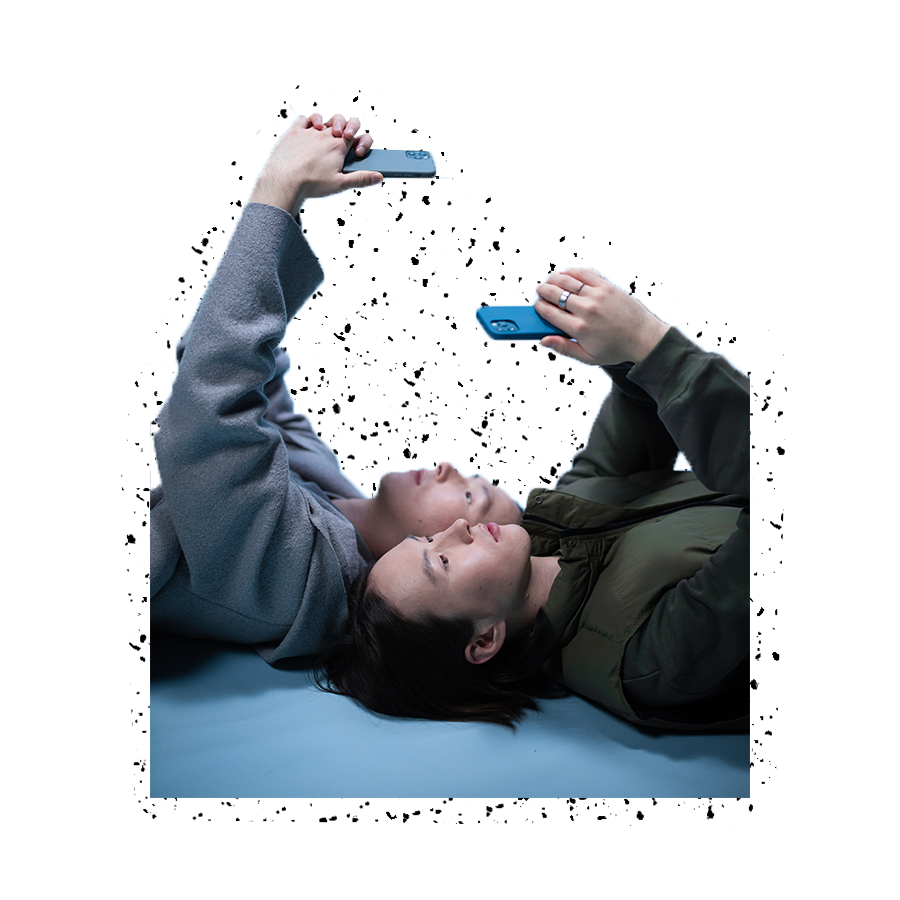In our recent bite-size learning session, our advertising experts walked attendees through one of the most overlooked social media platforms: LinkedIn. When it comes to getting your products and services seen, LinkedIn might not be on your initial radar but it should be. If you’re stuck on where to start, or your strategy needs tweaking, we’re here to help. It’s time to review the Q&A from the session.
What is the pixel and how can I use it on LinkedIn?
LinkedIn has a useful tool called the Insight Tag. It’s a small piece of code that sits in the header of your website code and allows you to track people coming and going to your website. It sends all of the data back to LinkedIn so you can track conversions as a result of LinkedIn ads, build out audiences to create lookalike audiences and also allows you to build audiences for retargeting purposes. This is key when it comes to optimising your ad reach and we recommend installing LinkedIn Insight Tag early so you can track conversions from day one.
How can I see accurate reports on LinkedIn?
We recommend recording conversions with Google Analytics and on the platform itself so you can compare numbers. If you think you’re not receiving accurate reporting within the platform, take a look at your attribution setting in your conversion windows. It might be that your conversion windows are too short, resulting in inaccurate reporting of conversions that take time to come to fruition. We recommend looking at all types of conversions that your campaign might bring in, so you can map the customer journey better and gain greater visibility of any drop-off points.

Do your message ads need to come from a personal LinkedIn account or can you send them from a business profile?
You can send message ads from both personal LinkedIn accounts and from your company page. Running ads from a company page may require some whitelisting by a LinkedIn account manager, however, this is not the default when setting up your ads so it might take some time for your account to get whitelisted. If you need help obtaining the appropriate permissions to run your campaigns, talk to us.
Do you recommend LinkedIn for 16-24 year olds?
59.9% of LinkedIn users are between 25 and 35 years old so we wouldn’t particularly recommend LinkedIn ad targeting for under 18s, just because they’re not likely to have an active account. However, if you’re set on LinkedIn then consider who you could target that might have influence over this demographic – teachers, managers or mentors, perhaps. For 18-24 year olds, however, it’s a great platform to consider.

What is the optimal video length on LinkedIn and how does it differ from TikTok or Instagram, for example?
It’s about the same as on other video-heavy platforms, so around 10-15 seconds is optimal. Remember that in the digital age, our attention spans are at an all-time low and you need to be able to capture attention quickly. Just remember that LinkedIn is a more corporate, professional platform so we wouldn’t recommend super short videos but we also wouldn’t recommend long-form video either. It’s all about testing your approach and finding what works for your audience. But as a starting point, start short. (That means less time spent on creative, too!)
How do sponsored messaging ads differ from inbox spam?
Sponsored messaging is super targeted. You can choose exactly who will receive your ads, so they’re not sent out to anyone and everyone. LinkedIn uses dynamic tags to insert details about your target audience into the message, such as the person’s name and profile picture. This helps to increase the relevancy of your ad to the person you’re targeting, making conversion more likely. Conversation ads also differ from inbox spam as they’re formatted differently and feel more like a genuine conversation as opposed to a sales message.
How do lead gen ads help us access first-party data?
Third-party cookies are soon to leave the advertising game so in order to access data, we’ve got to collect it ourselves. Collecting first-party data is an important part of building your retargeting lists and moving your leads through the funnel to conversion. And lead gen ads are a great way to do so without relying on third-party cookies. With lead gen ads, users opt to submit their data and this ad format makes the process simple for them to do so. It only asks for key information, and most of it is automatically pulled from their profile, meaning there’s less typing for your audience to do. (We know, typing can be laborious at times!).

What ad type would you recommend as a good way of dipping toes in LinkedIn waters?
Text ads or single image ads are a great place to start. They require far less planning and preparation than the other ad types. You won’t need to spend hours on creative and running these ad types. And, if you’re just starting out with advertising on LinkedIn, you can boost your posts so they gain more visibility. It’s all in the click of a button.
We went into depth into the other ad types available in the session, but you can check out the summary in our blog.
Is split testing (A/B testing) manual or is there a way to do so in LinkedIn?
LinkedIn does recommend A/B testing but they don’t have a tool in order to do so in a controlled environment. LinkedIn recommends setting up two identical campaigns, with one variable that differs between them. Although this facilitates a split test, it’s not foolproof. By conducting a split test in the platform, your audience may be served both ads and the outcomes might not be crystal clear, so we recommend creating your own split testing.
Do you have a burning question about advertising on LinkedIn that we haven’t answered? Get in touch with our team of advertising experts.



